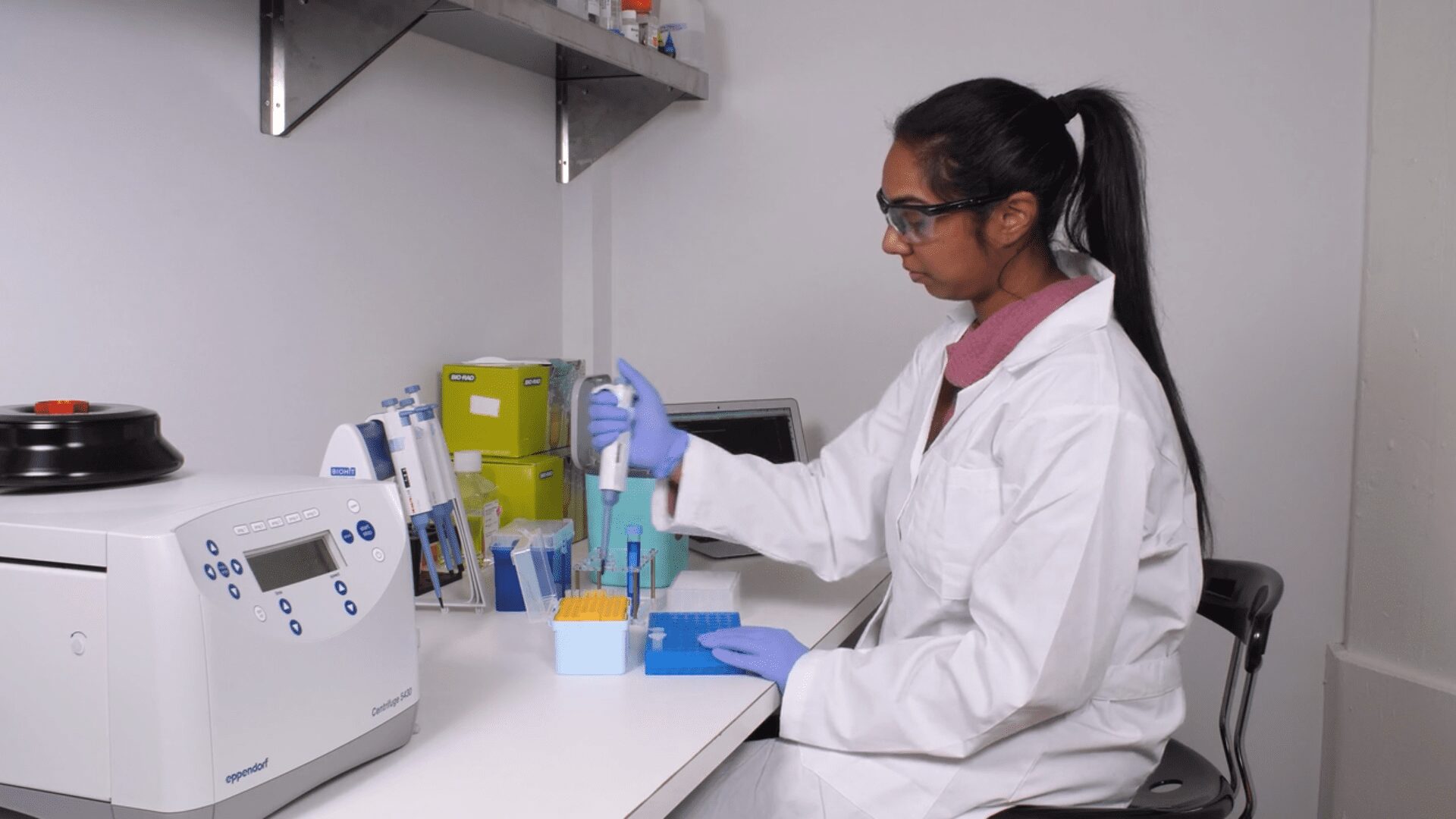
Manual pipetting is one of the most repetitive laboratory techniques. In a recent survey, more than 80% of life scientists reported pipetting for at least one hour every day, while almost 30% report pipetting for more than three hours. And the negative effects have a wide impact- manual pipetting has been associated with pain in 90% of users in one-hour uninterrupted pipetting sessions.
We’ve included the tips below in a handy infographic below for your reference. To better pipetting!

RSI results from repetitive physical actions or movements that lead to overuse of certain tissues, causing them to become worn and damaged over time resulting in symptoms including aching, cramping, tenderness, stiffness, throbbing, tingling, numbness, swelling, and weakness.
RSI is often described as a single condition, but is actually an umbrella term for a related group of disorders caused by repetitive movements, including carpal tunnel syndrome, tendonitis, tennis elbow, and trigger finger/trigger thumb. RSI can be triggered by many different types of actions, from small, frequent movements such as mouse clicking and typing to vigorous, forceful movements like pipetting to simply working in awkward positions or with bad posture.
While RSI can theoretically occur in any body part, it is most often seen in the upper body, affecting the forearms, elbows, neck, shoulders, wrists and/or hands. As with many chronic conditions, the symptoms appear gradually and can be mild or severe. Symptoms may come and go or appear only at night, making it difficult to pinpoint the cause. If symptoms are ignored, RSI may become difficult to treat and may require surgery. In severe cases, RSI can severely reduce or even inhibit one’s ability to work and carry out everyday activities and duties.
Manual pipetting protocols involves all of these factors.
Drawing up and dispensing liquids requires continuous and repetitive motion of the thumb — a repetitive action involving the muscles, tendons and joints of the thumb, as well as the whole hand and wrist. Applied, repetitive force is required for plunger operation while dispensing liquids, tip ejection, and in some cases straining to hold onto a poorly designed pipette. Lab technicians are often required to sit or stand in static, suboptimal positions for the shoulders, head, and neck, while pipetting, as well, extending RSI in pipette users beyond the hands and wrists.
While it’s difficult to change the repetitive nature of pipetting, you can reduce your risk of developing RSI by changing your behavior in the lab and using good pipetting technique. Below are five pipetting technique changes you can easily make to reduce strain:
💡
For a more detailed overview of how to reduce pipetting-induced RSI, review these comprehensive guidelines from the National Institutes of Health
As well as practicing good pipetting technique, you can also organize your workspace to reduce your risk of developing RSI. Here are 5 changes you can make to your workspace:
Beyond making changes to your overall workspace, you may also consider investing in ergonomic pipettes and laboratory equipment. Manufacturers of pipettes and pipette tips have taken the issue of RSI so seriously that there is now a wide range of ergonomic products available to suit all lab needs. For example, ergonomic pipette tips have flexibility around the mounting area, making them easier to securely attach without needing to apply extra repetitive force to bang them into place. If you are unsure about level of RSI risk in your lab or workspace, consult the ergonomics-responsible person in your organization or reach out to an external ergonomics specialist.
💡
When ergonomic products are not enough, it may be time to consider a semi or fully automated pipetting solution.
There are two main alternatives to manual pipetting. One step before full automation is electronic pipettes, which are a cost effective and ergonomic alternative to manual pipettes. However, many labs are moving to fully automated solutions, since advanced lab automation improves throughput by increasing the efficiency of parallel workflows. Lab automation can alleviate some of the main concerns of liquid handling including quality and reproducibility of results.
The type of setup to adopt for your lab can be quite complex. One of the main decisions will be whether you should switch from manual pipetting to electronic pipetting or go for a fully-automated liquid handling option. There are some things to have in mind when deciding on an appropriate configuration:
| Manual Pipetting | Electronic / Ergonomic Pipetting | Full Lab Automation | |
|---|---|---|---|
| Number of Samples | Less than 25 | Less than 200 | Greater than 200 |
| Required Throughput | Low (Up to 20 samples per hour) | Medium (Up to 100 samples per hour) | High (More than 100 samples per hour) |
| Labor Cost | High | Medium | Low |
| Reproducibility Concern | High | Medium | Very Low |
| Risk of RSI (Repetitive Strain Injury) | High | Medium | Low |
| Chance of Exposure to Hazardous Samples | High | Medium | Low |
The tips above should help you carry out repetitive pipetting work in a manner that reduces your risk of developing RSI, but you can minimize pipetting tasks — or, in some cases, eliminate them altogether — by using a lab robot. If you want to find out more about how to work a liquid handling robot into your workflow, or apply automation to your pipetting protocols, we’d be happy to talk you through it.
If you develop symptoms of RSI please consult your doctor, and if you believe that your symptoms are related to your work, speak to your employer or occupational health representative.